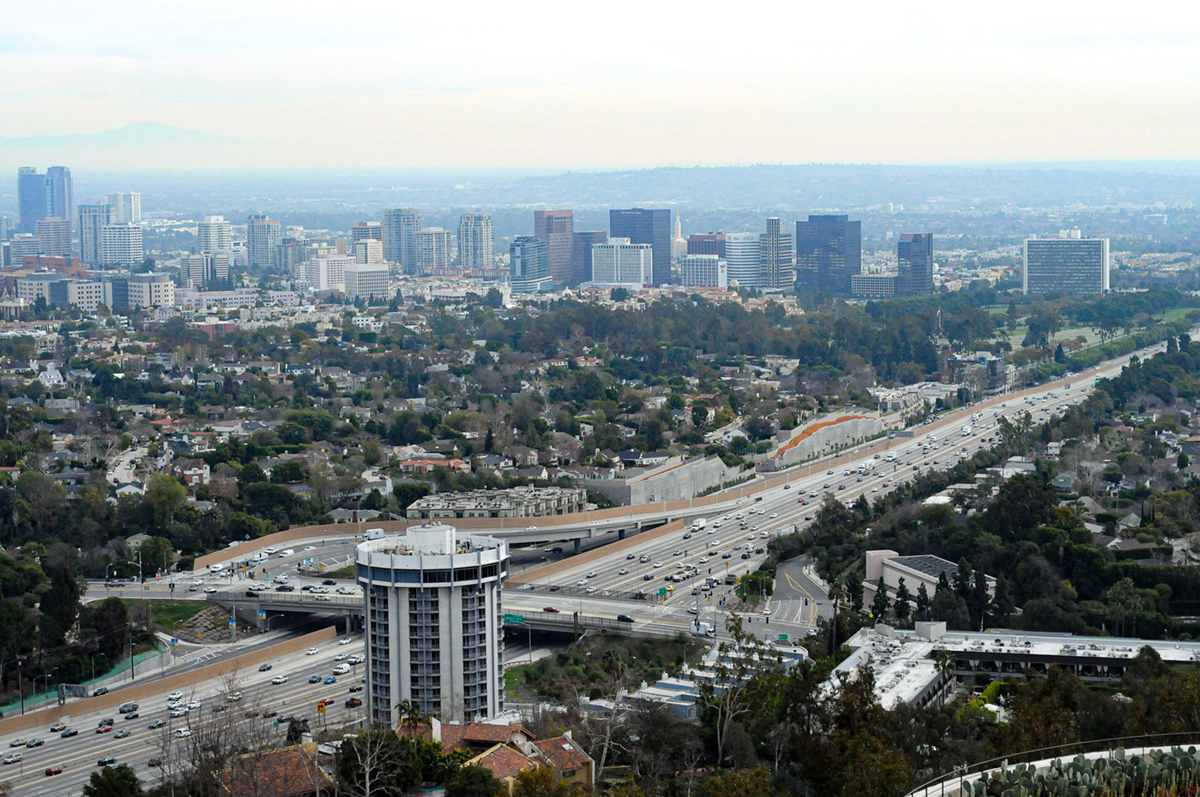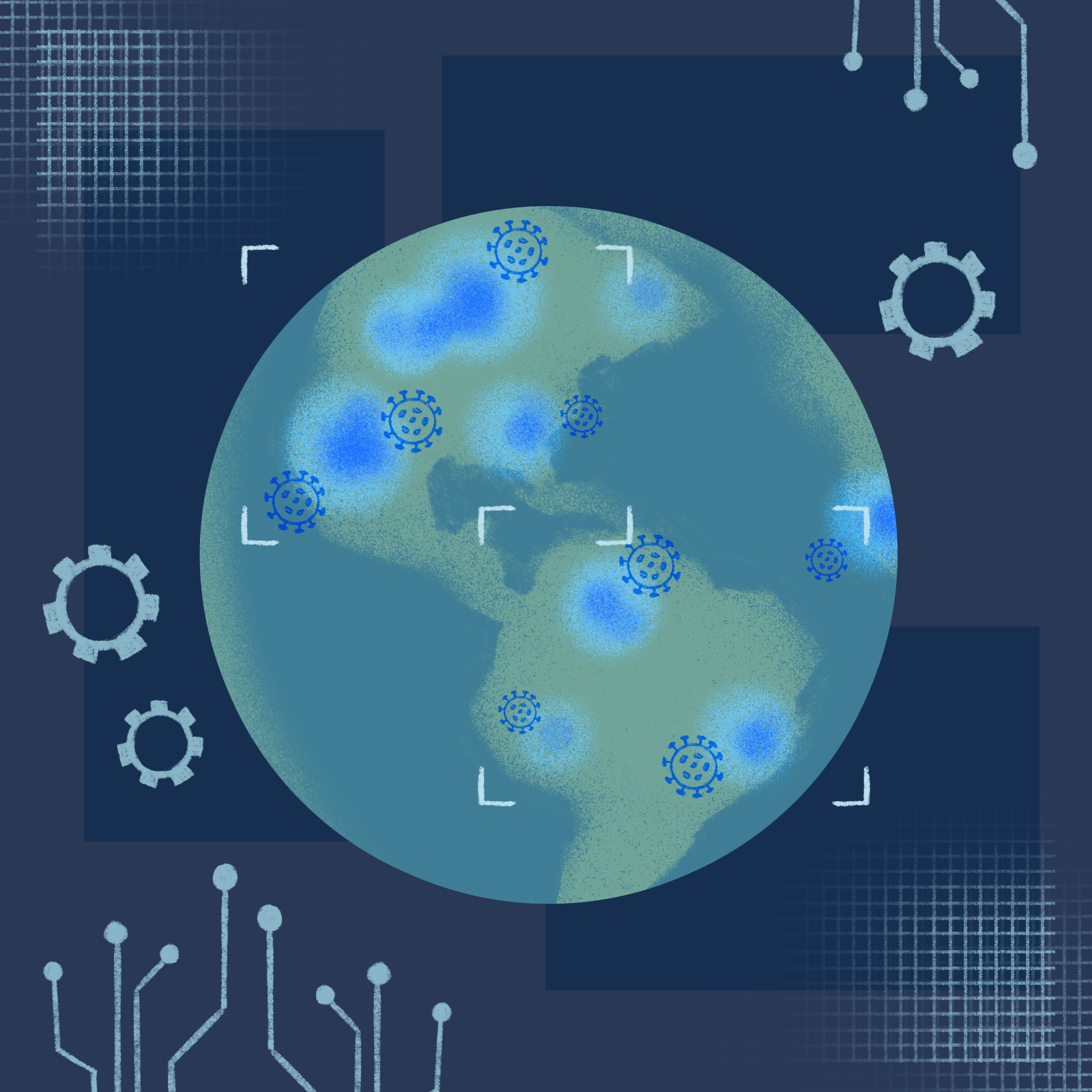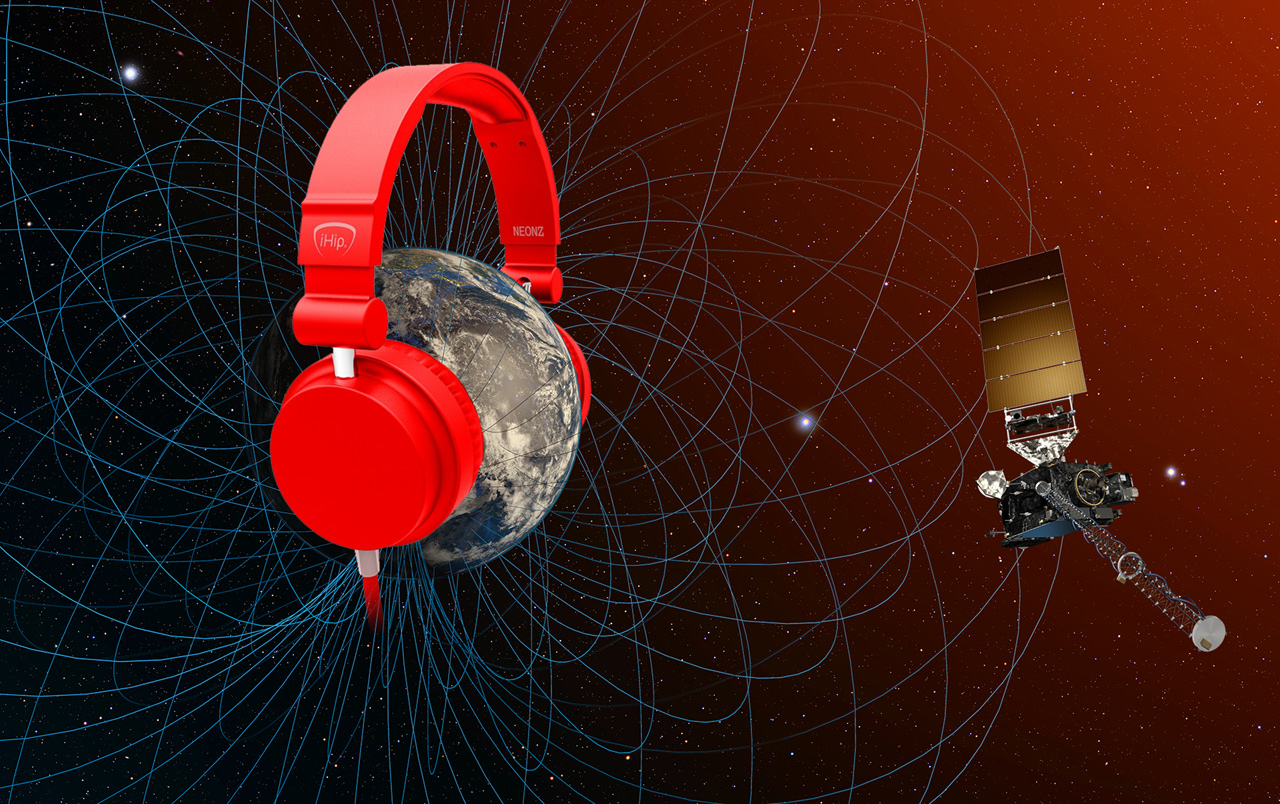UCLA researchers set to develop quantum sensors with recent grant funding

The city of Los Angeles is pictured. UCLA researchers received a grant from the National Science Foundation to develop quantum sensing technologies that can be used to detect air pollutants. (Daily Bruin file photo)
By Aparna Pillai
Oct. 8, 2023 6:18 p.m.
UCLA researchers received a $1 million grant to develop a new method for identifying air particulates, which may be useful in combating climate change.
The grant, which the researchers received from the National Science Foundation in August, is part of a larger series of funding to promote quantum technology and research, according to the NSF. Prineha Narang, the project’s lead investigator, said they will use the grant to develop a network of quantum sensors – technology that is sensitive to changes in the environment – to detect particulates in the air, giving insight into air quality.
Narang, who is also a professor of physical sciences, added that the technique – which is known as distributed quantum sensing and is more sensitive than a single sensor – has never before been used for environmental reasons, such as agriculture and climate change.
This technique creates “fingerprints” for specific molecules so that a specific sensor can detect and determine the compounds in the environment at a specific time and place, said Sergio Carbajo, an assistant professor of electrical and computer engineering. This model makes more sense than treating the air quality detected by sensors in isolation, since climate systems in these locations are correlated, added Carbajo, who also holds a post in the physics and astronomy department.
“We are trying to develop these techniques so that we not only have this amazing fingerprinting ability, … but measuring something far away somewhere else might give me valuable information on what may happen today, tomorrow or two months from now,” he said.
Narang, whose research generally focuses on the quantum level, said she became interested in the subject during an impromptu meeting with Suzanne Paulson, the then-chair of the Department of Atmospheric and Oceanic Sciences, where the two discussed the potential intersection between their fields of study.
The subset of problems in atmospheric science they found was determining how to detect air particles that are hard to identify using conventional measurement techniques, either because they are in very small amounts or they look very similar to other things, Narang said.
Andrea Bertozzi, a distinguished professor of mathematics and mechanical and aerospace engineering, said she worked on designing algorithms for the project, adding that the exciting part of their upcoming research is its ability to solve problems that have not been solved before, especially environmental problems.
“Environmental sensors can address lots of different things … nitrogen in the air, oxygen, carbon monoxide – which is something that comes from things like automobiles,” Bertozzi said.
Narang said researchers’ collaborations on the topic are international in scope – for example, colleagues in Finland are working on how to use quantum sensors for climate models. However, she said the UCLA team’s work will be focused on the Southern California area for now.
“In the long term, we want to be able to deploy these sensors here in the SoCal area, and use that to understand various types of emissions – use that to actually narrow down climate models,” Narang said.
Narang also said the same concepts of quantum sensing can be applied to a different sensor for use in the ocean, which will allow for real-time monitoring of particulates.
Sensors can be used to address air pollution in urban environments and carbon dioxide levels, which pose even larger issues in certain parts of the world, Bertozzi said. She added that one of her newer projects is looking into the effects of the recent fires in Lahaina, Hawaii.
The NSF project will be more targeted towards agricultural practices, crops and environmental justice movements in California, Carbajo said. He added that these developments may take up to 10 years because of the many tasks that must be done beyond prototyping and developing the science, such as partnering with industry or receiving funding from the local government and policymakers.
Ultimately, Carbajo said he hopes this research can be used to better prepare for and address natural disasters.
“One of the things that I’m really excited about is, can we plant these types of sensors also in high-risk forests for, for example, wildfires, so that we could potentially predict when a wildfire might get started and where it might actually develop, so that we can deploy much better mitigation or simply remediation strategies,” he said. “This is something really important because as you know, with climate change, wildfires are getting more and more frequent and more devastating.”





